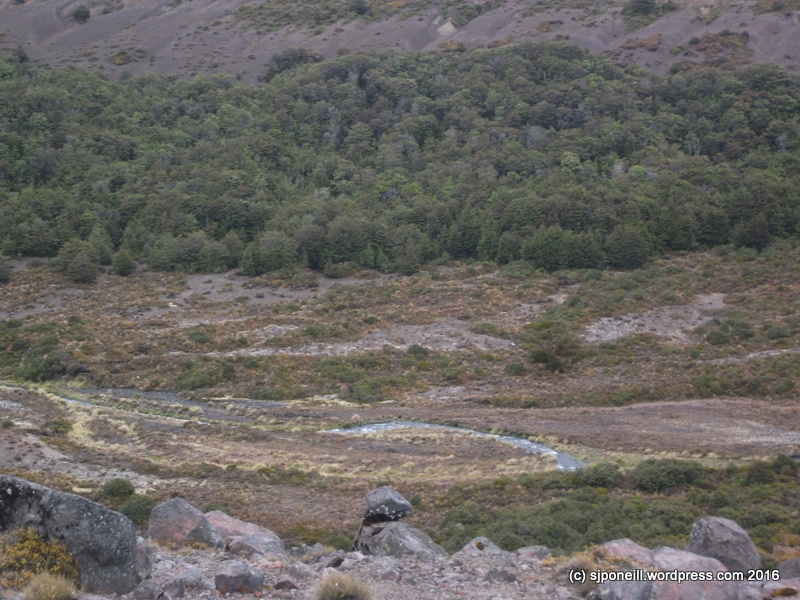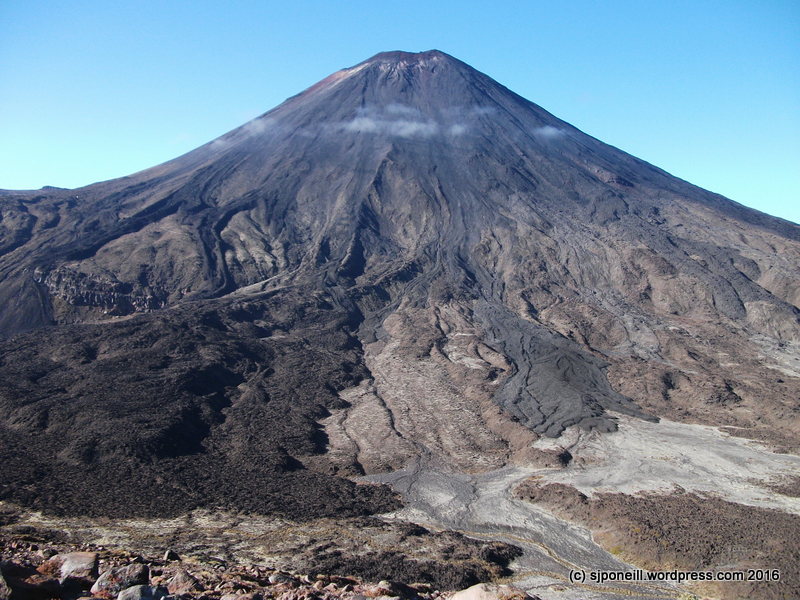
On 28 November 1979, Air New Zealand flight TE901 crashed into Mt Erebus in Antarctica. All 257 passengers and crew on board were killed. It was the day of the School Certificate English exam and I was ironing my school uniform when the news broke. Erebus remains New Zealand’s single most deadly disaster.
This was a tragedy. What followed was a travesty as Government and the airline shirked responsibility and played the blame game, trying to pin responsibility on the flight crew. Today it is accepted that the cause of the accident were changes made by Air New Zealand to the navigation system that led the pilots to believe that they were well clear of Mt Erebus as they descended.
For many reasons, Erebus has been an injury hidden from sight, visible mainly to the friends and families of those who died, those who responded from Scott Base, McMurdo Sound and New Zealand, and staff from Air New Zealand. But you never know when Erebus will reach out and touch you.
In 2009, I was doing a knowledge management project for the New Zealand Army. The seminar we were attending finished a bit early and our hosts took us out to a local vineyard. It was a beautiful sunny day and drivers were provided so we were supporting the local economy as best we could. Someone commented that one of our hosts was hitting the reds pretty strongly and someone who knew said “Yes, he’s done that since Erebus.” We got it.
Erebus. Our single most deadly disaster and forty years on there is still no public memorial for those who died.

The Government committed earlier this year to build that public memorial. It’s a tricky task. Not only did the disaster occur outside New Zealand but it occurred in one of the most inhospitable and inaccessible areas of the planet. Those who died came from every part of New Zealand. TE901 had taken off from Auckland and thus Auckland appears a logical location for a memorial. Auckland International Airport is largely surrounded by industrial areas and even the airport look-out is probably not the best location for a memorial.
…the families sought a secluded location of grass, trees and other plants all with a natural aspect or view, with space to sit and reflect, reference to the Antarctic, and the memorial having an educational dimension…. located at an accessible site, attractive and appealing, and not be in a cemetery…
Richard Waugh: Why Parnell is the right place for an Erebus memorial NZ Herald 2 Dec 2019
The location selected for the memorial is a park in the suburb of Parnell, in the Auckland Central Business District. An area close to the roots of many early New Zealand aviation pioneers. On a hill overlooking the harbour. Quiet, peaceful, accessible.

A few days ago, this was all just background noise for me. Then my friend Rob posted on his Facebook page that his grandfather had died on TE901 and that the memorial was a very real issue for him and his family. Rob’s a solid guy, a former artilleryman (you know, the ones who fire off shells and hope they’ll eventually find their way back to earth somewhere near where they’re meant to be) and then he became one of the small group of pioneers who became the first qualified drone operators in the New Zealand Defence Force. He also builds paper models so he’s all right.

Rob was asking his friends to contact the Waitemata Community Board to support the memorial in the proposed location in Parnell. I’m happy to support friends’ causes but only so long as I’m satisfied that it’s a good thing to do. So I did some digging. I looked at the plans. I liked the plans.
All this is being held up by a (very) small group of locals, the aptly named nimbys (Not In My Back Yard). I read through their cause’s Facebook page. I read their many interviews. I read their objections and posters. They all support the memorial but not in their backyard. They don’t seem to have any real objections apart from possibly altering their dog walking route…slightly. They seem to have gone to some lengths to portray the memorial as cutting off one end of the Park but looking at the plans, that doesn’t appear to be the case – at all…
The online petition opposing the memorial got a whopping 587 signatures. For perspective, thousands of people live, work in and visit the Auckland CBD every day – and only 587 of them felt strongly enough to oppose the memorial with a simple mouse click. A similar paper petition may have garnered a few more signatures but one hardly gets the impression that central Auckland is about to erupt over this issue.
I support the plan to place the national Erebus memorial in Sir Dove-Meyer Robinson Park in Parnell Auckland. Just get on with it.
I received an email tonight from the Democracy Advisor for the Waitemata Community Board (what is a democracy advisor and how do other community boards get one?):
Thank you for your recent email regarding the proposed Erebus Memorial.
The Ministry for Culture and Heritage (MCH) has, this afternoon, withdrawn their request for land owner approval to be considered. Therefore, the decision on land owner approval cannot be made at the Waitematā Local Board meeting on 3 December 2019.
We acknowledge the effort and emotion that went into the message you sent to the local board and will ensure these are circulated to board members and retained for any future discussion so that you will not have to write them again.
I hope that this means that this weighty and contentious decision has been lifted from the Board to decide on.
I don’t support issues like this being foisted onto the local community board to decide on whether the public land in question can be used for this purpose. Yes, the community board should be consulted, no question there. But Erebus has been a source of national pain for forty years. It’s not fair to ask board members who have to live within their community to make a crucial decision like this. The final decision on the location of the Erebus memorial should be one shared between the Auckland City Council and the Ministry of Culture and Heritage.
Please support the memorial by sharing your views with the Waitemata Community Board or posting on MP Louise Upston’s post seeking opinions on the topic.
For more in depth reading by better writers than I:
257 killed in Mt Erebus disaster
Prime Minster Delivers Erebus Apology
Richard Waugh: Why Parnell is the right place for an Erebus memorial
‘Nimbys’ oppose Erebus park memorial: ‘You don’t drink a glass of wine next to a grave’
Erebus disaster pilot’s widow says apology left her in ‘complete shock’
White Silence: ‘had to grit your teeth and go do it’ – Erebus recovery captain






















 These apples were dumped at the side of the lookout car park. Sure, they will eventually break down but that still doesn’t making this blatant dumping OK…
These apples were dumped at the side of the lookout car park. Sure, they will eventually break down but that still doesn’t making this blatant dumping OK…
